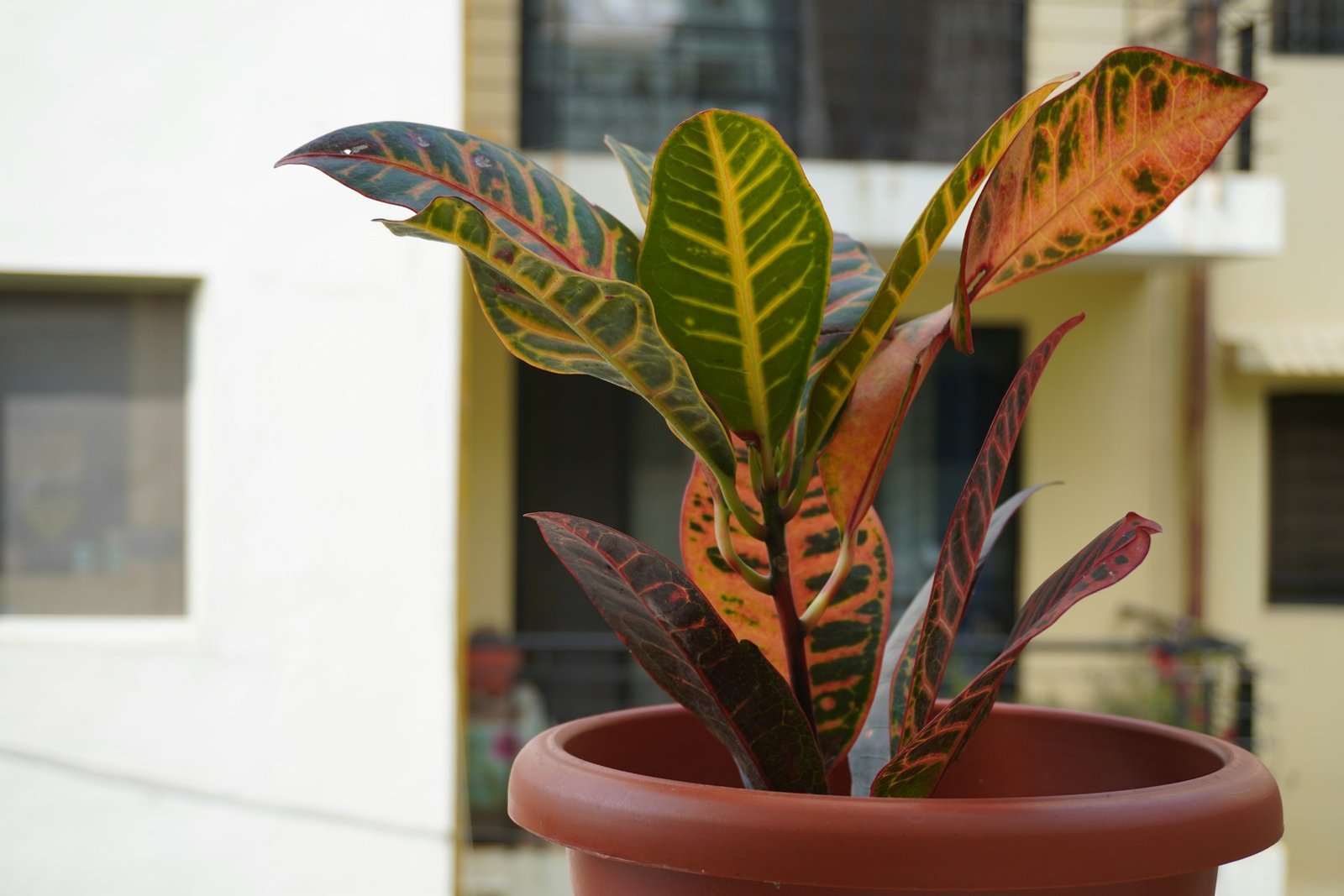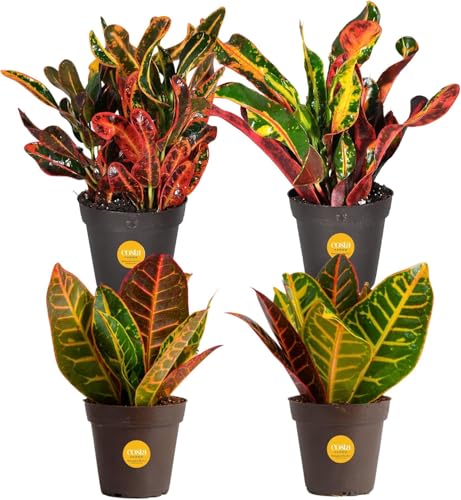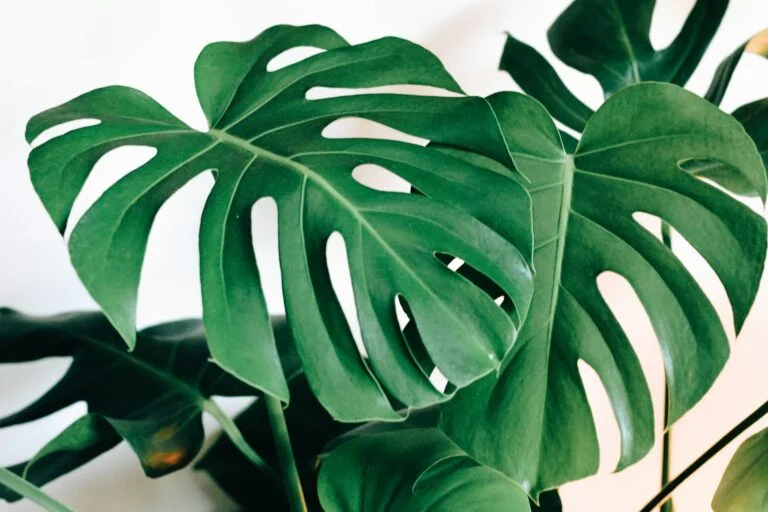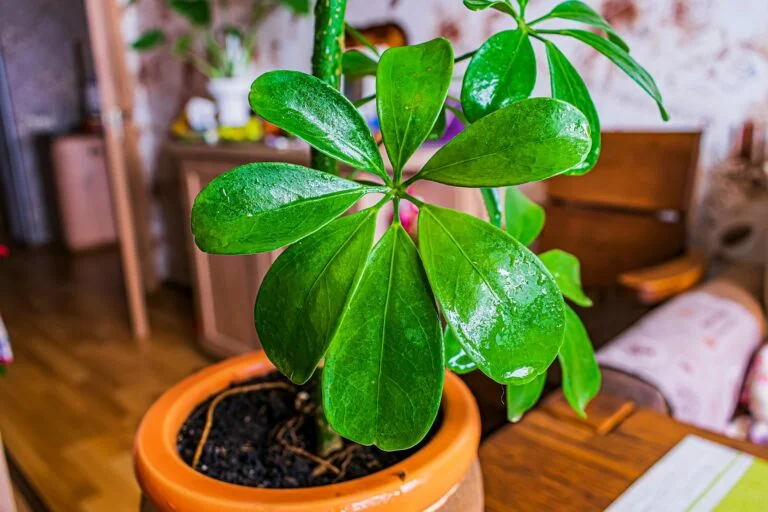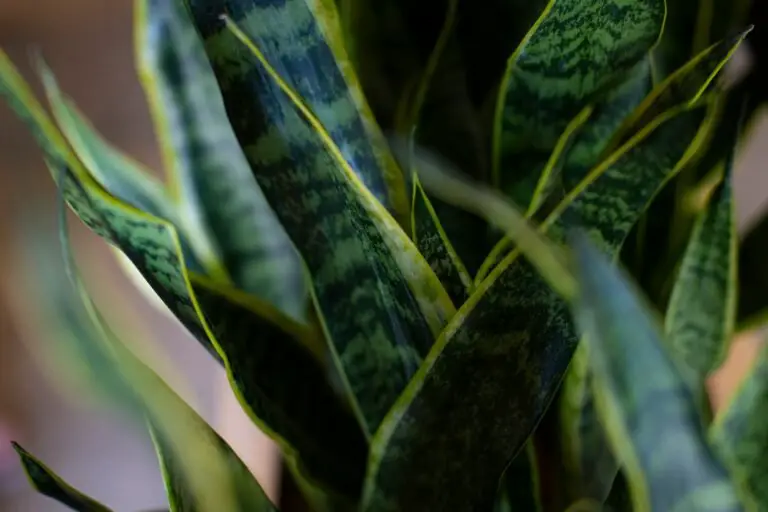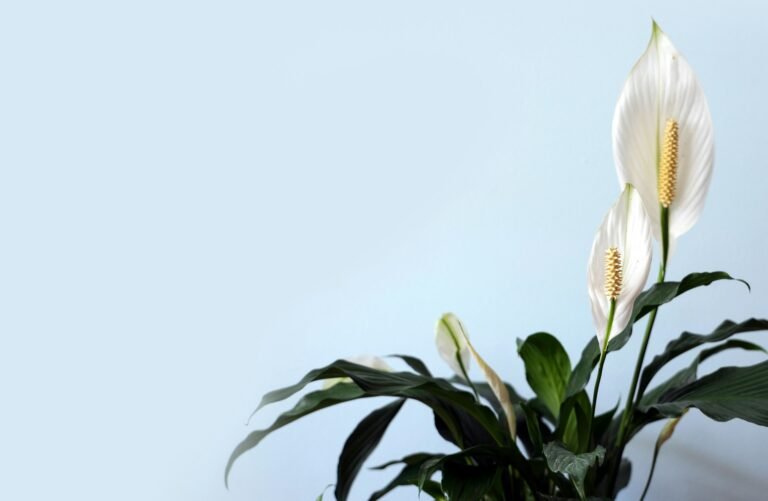Croton Plant Care: How to Keep Those Wild Colors From Turning Into a Sad Brown Mess
So you spotted a Croton at the garden center—flames of red, yellow, green, and orange blasting out of every leaf like a houseplant set on fire—and thought, “Yes, this is the one.”
But then you brought it home, set it down, and… it started dropping leaves. Or turning dull. Or both. Welcome to the Croton experience: a colorful diva that’s absolutely worth the effort—but only if you follow the rules.
Crotons aren’t hard, exactly. They just hate change. If you can offer stable conditions, a little humidity, and some sunlight? You’ll get that glorious technicolor display you signed up for.
Let’s get you there.
Why Crotons Are Total Show-Offs (In a Good Way)
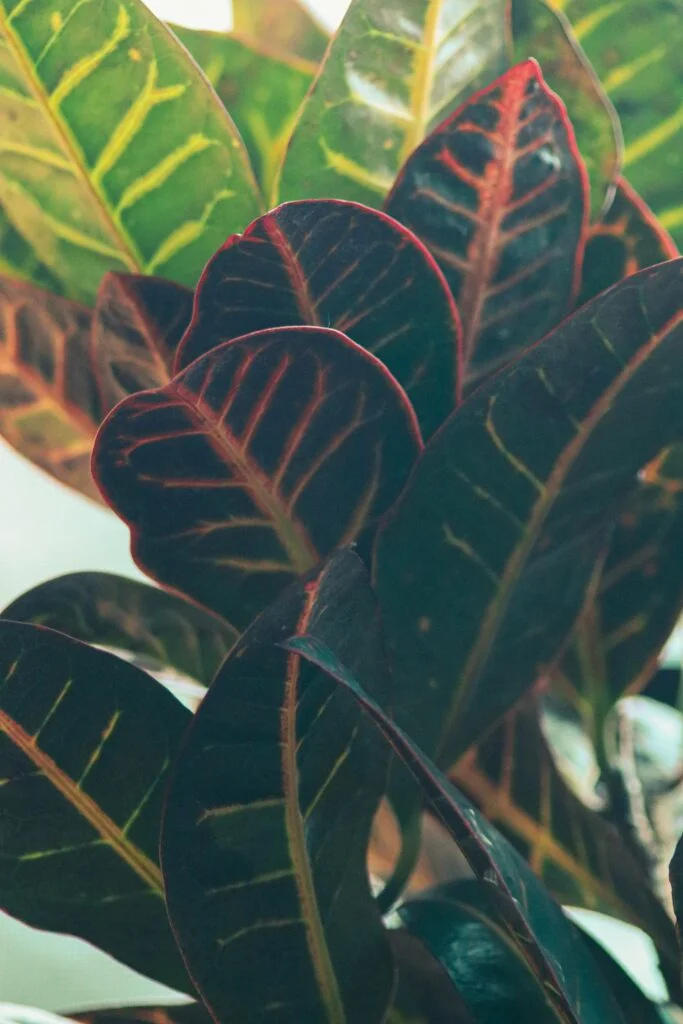
- Unbelievably bold leaf colors—like, rainbow-on-steroids bold
- Tons of variety: Petra, Gold Dust, Mammy, Zanzibar, and more
- Upright, bushy growth adds structure and color to any space
- Surprisingly tough—once it’s settled in
Crotons look high-maintenance, but they’re really just sticklers for routine. They’ll test your patience a little, but they’re not trying to be difficult… they’re just Crotons.
Light: Give It the Sun or Get the Shrug
Color = sunlight. Period. The more light your Croton gets, the more intense those reds, oranges, and yellows become.
Give it:
- Bright, direct to indirect light—a south- or west-facing window is ideal
- At least 6+ hours a day for peak color
- Rotate weekly for even growth
Put it in low light? You’ll get a sad green plant that looks like it forgot what it was supposed to be.
Watering: Stay Consistent (and Drain That Pot)
Crotons like to stay evenly moist but absolutely do not tolerate soggy soil.
Here’s the sweet spot:
- Water when the top inch of soil feels dry
- Use a pot with drainage holes (always)
- Don’t let it sit in water
- Cut back a little in winter
Leaves drooping? It’s either too dry… or too wet. Check the soil before you do anything drastic.
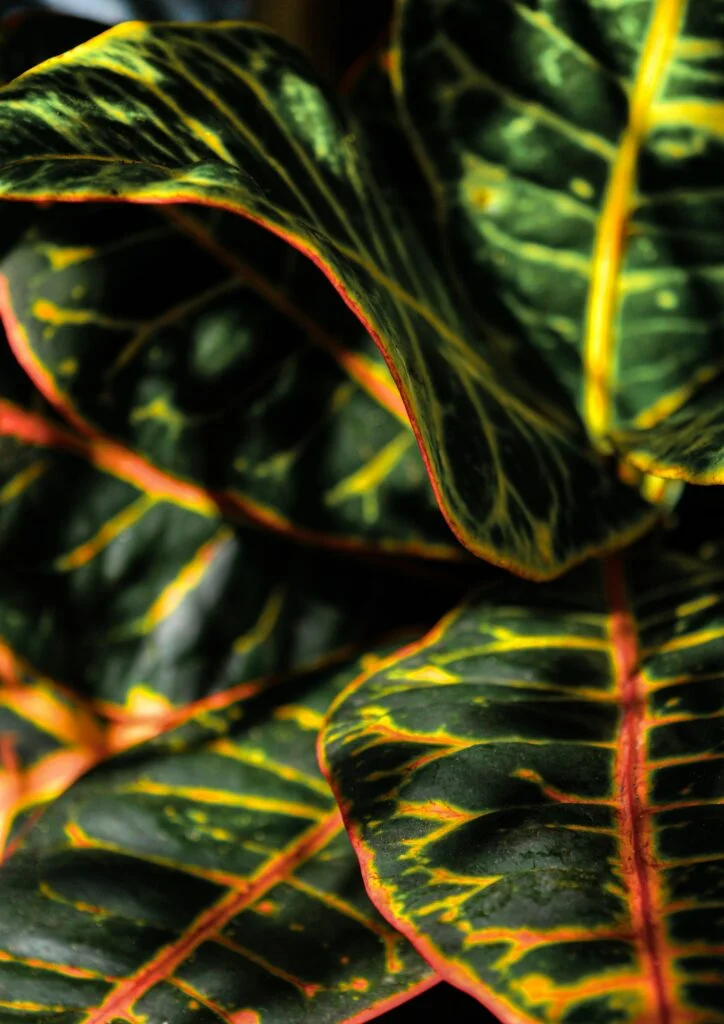
Humidity: Yes, It’s Kind of a Big Deal
Crotons love warm, humid air. Dry air makes them crispy and cranky. Think of them like the friend who always travels with moisturizer.
Ideal setup:
- Humidity around 50% or more
- Use a humidifier or pebble tray if your home is dry
- Mist the leaves occasionally (not obsessively)
If you notice dry tips or sudden leaf drop? Boost the humidity before you blame anything else.
Soil and Potting: Keep It Loose
Crotons aren’t picky about soil—but it has to drain well.
Use:
- A light, well-aerated potting mix
- Regular indoor mix + a handful of perlite or sand
- Repot only when rootbound (every 2–3 years)
Tightly packed soil leads to rot. Keep things breathable.
Temperature: No Cold Snaps, Please
Crotons hate change, especially when it involves a temperature drop.
Keep it:
- Between 65–80°F (18–27°C)
- Away from drafts, vents, and sudden chills
- Stable. Seriously, don’t move it around every other day.
If your Croton drops leaves after coming home from the store, it’s just in shock. Give it time. If you keep it warm and well-lit, it will bounce back.
Feeding: It Likes a Little Boost
During the growing season, Crotons will happily soak up some nutrients—just don’t go overboard.
Feed:
- Once a month during spring and summer
- Use a balanced liquid fertilizer, diluted
- No fertilizer in winter—this plant wants to nap, not snack
Too much = chemical burn and sad roots. Less is more here.
Leaf Drop? It’s a Test, Not a Tantrum
Crotons drop leaves for fun. No, really. It’s their thing.
Common triggers:
- Moving the plant
- Drafts or temp drops
- Sudden change in lighting
- Dry air
- You breathing near it (okay, not quite—but it feels like that)
Don’t panic. As long as the stem is still firm and new growth is coming in, it’s fine. Just leave it alone and let it adjust.
Pest Patrol
Crotons can attract:
- Spider mites (especially in dry air)
- Mealybugs
- Scale
Check under the leaves regularly and wipe with neem oil or insecticidal soap if needed. Healthy Crotons are usually pest-resistant, so consistent care = fewer problems.
Final Thoughts
Crotons bring drama, color, and tropical flair to your home—but only if you meet their very specific expectations.
Bright light. Stable temps. High humidity. Consistent watering. That’s the cheat code. If you can commit to the routine, your Croton will reward you with jaw-dropping foliage that makes every other plant look like it’s trying too hard.

